- Home
- slideshows
- miscellaneous
- From an unexplored desert to a near $2 trillion IPO: The 86-year history of Saudi Aramco in pictures
From an unexplored desert to a near $2 trillion IPO: The 86-year history of Saudi Aramco in pictures
In the interwar years, global demand for oil boomed. The invention of the internal combustion engine was among the key drivers.

Before we get to Aramco, a little on the history of Saudi Arabia.
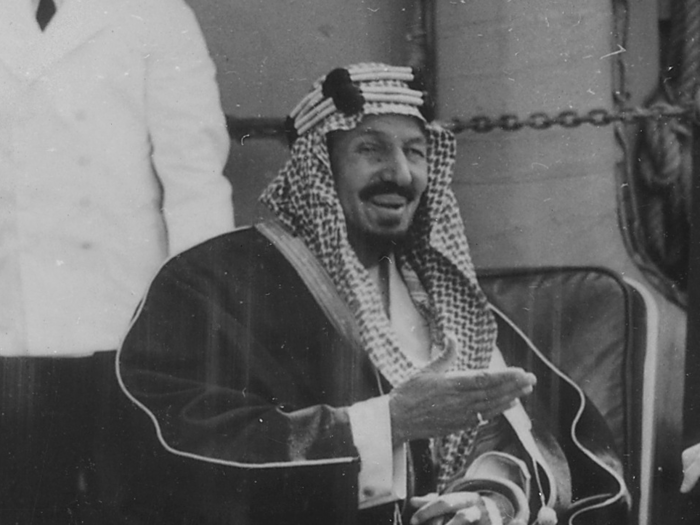
Saudi Arabia was formally founded in 1932 when its first king, Ibn Saud, united four regions of Arabia — Hejaz, Najd, Eastern Arabia, and Southern Arabia — into a single state, following a series of conquests over the course of three decades.
Ibn Saud led the country's efforts to find oil, and under a year after he took power, Saudi Arabia signed its first oil concession agreement with the Standard Oil Company of California — Socal, as it was known, would later become Chevron, now one of the world's most important oil producing firms.
In November 1933, a management company for the concession, known as the California Arabian Standard Oil Company, or Casoc was formed. Casoc, in effect, marked the very beginning of what we know as Saudi Aramco.
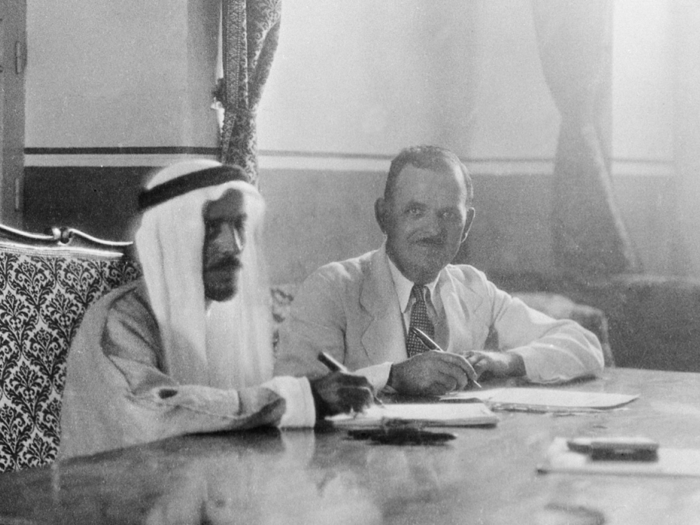
By this point, no oil had been found, and no serious exploration had even started. In truth, no one was even completely certain that there even was oil in the country.
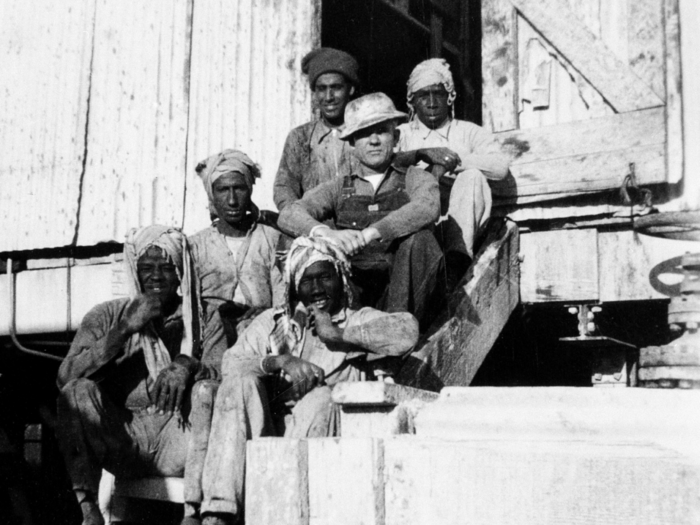
That would change the following year when geologists started to survey an area that became known as the Dammam Dome — a geological formation near to the city of Dammam on Saudi Arabia's east coast.
After preliminary surveys of the area, Casoc bosses back in California asked their teams to start drilling.
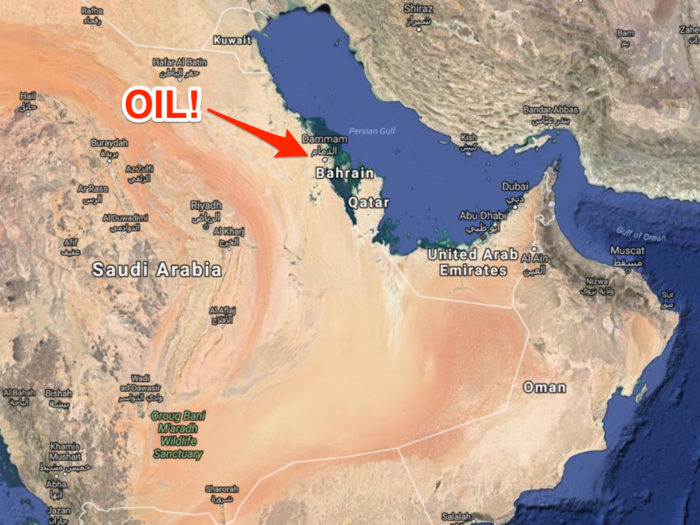
"By early June 1934, the geologists finished the detail work on a geological structure they had named the Dammam Dome and thus completed their first field season in Saudi Arabia. In a preliminary report to the home office in San Francisco, they recommended that drilling be started," an article in a 1963 edition of the magazine Aramco World noted.
American geologist Max Steineke is credited with the first oil find.
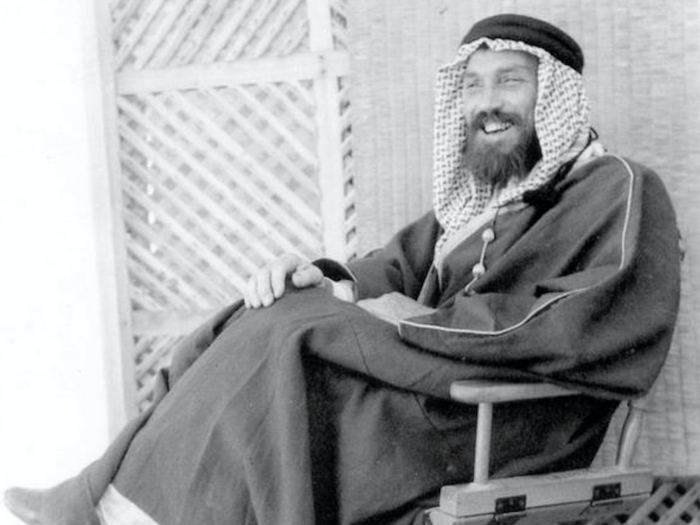
American oil engineers would be forced to drill wells in seven different areas before making a significant discovery of oil, almost five years after drilling first began.
That major discovery was thanks in large to one American geologist, Max Steineke. Steineke was the chief geologist for the US oil prospectors from 1936 onwards, and spent years surveying the Arabian peninsula for clues about the locations of possible oil reserves.
"The success of the Saudi Arabian oil enterprise rests on Well No. 7. After five years of fruitless drilling, Well No.7 seems like a dead end," Saudi Aramco's official website says of the discovery.
"Socal department heads seek advice from renowned geologist Max Steineke. Drawing on years of fieldwork in the Saudi desert and his own encyclopedic knowledge, Steineke tells them to keep drilling."
After his death in 1952, an obituary of Steineke called him "the man who more than anyone else… is entitled to credit for discovering the large oil reserves which have been found in Saudi Arabia."
Finally, on March 4 1938, a significant amount of oil was discovered.
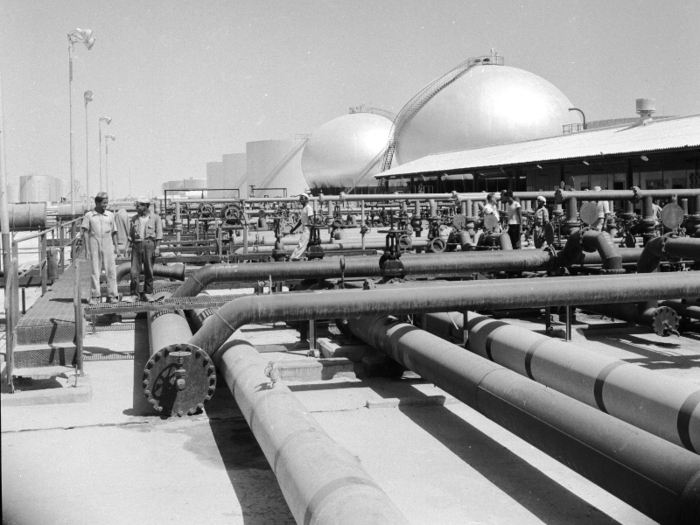
That discovery paved the way for Saudi Arabia to become an international producer, in turn paving the way to becoming one of the world's most important energy centres.
How successful the Saudi oil industry would become was now immediately clear, and at the time Casoc's headquarters in San Francisco "cautiously included a single word of comment in one cable: 'Congratulations.'" after Dammam Well No. 7 was tapped, according to the 1963 Aramco World article.
Just over a year after the first discovery, Saudi Arabia's first tanker load of oil was shipped overseas. The tanker — called the D.G Scofield after one of the founders of the Socal oil company — held around 100,000 barrels of oil, roughly 5% of the capacity of modern tankers.
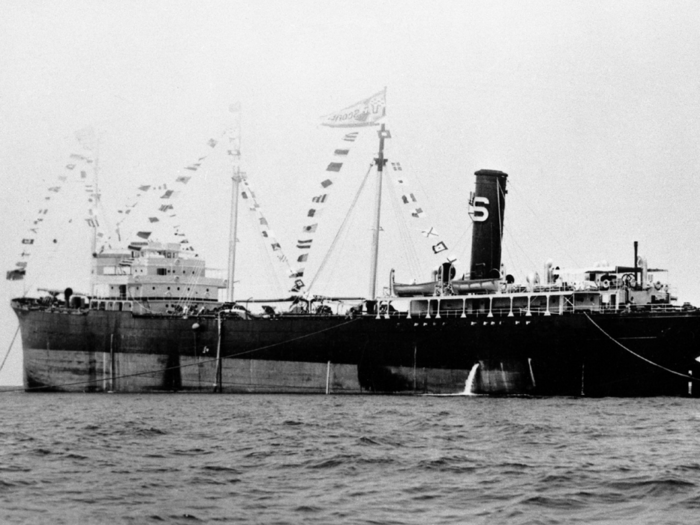
The next major discovery of oil would take place in 1941, when oil was found in Abqaiq. The discovery was made around five years after Steineke, alongside two other American engineers, J.W. Hoover and Jerry Harriss, had used the area as a base for their earlier explorations.
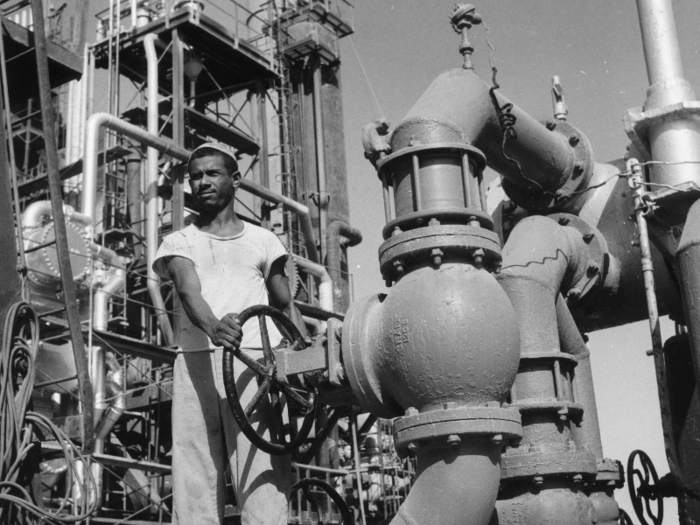
The Aramco name would first come into being in 1944, when Casoc was renamed to become the Arabian American Oil Company, or Aramco for short.
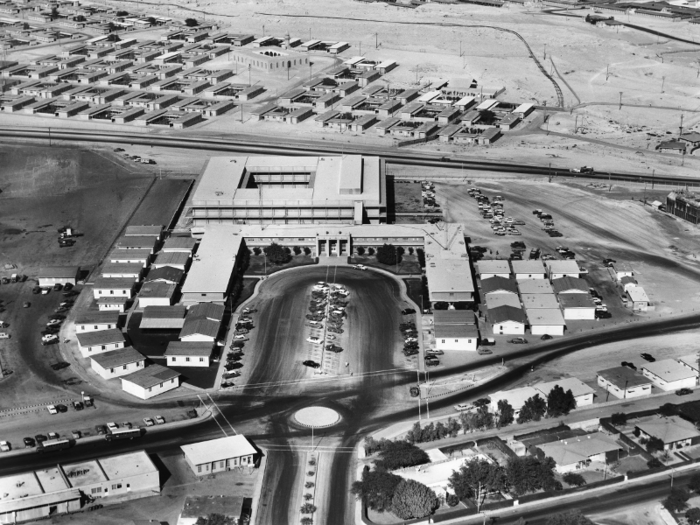
Aramco gradually increased its production throughout the course of the 1940s, reaching the milestone of 500,000 barrels per day in 1949.
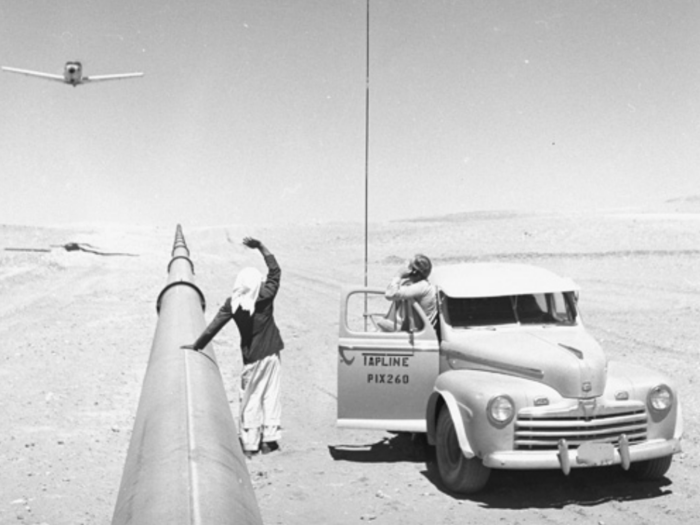
To put that number into context, current production in Saudi Arabia is more than 10 million barrels per day.
Saudi Arabia's ability to export oil increased rapidly in 1951 when the country opened the Trans-Arabian Pipeline. The pipeline spanned more than 1,200 kilometers across the Gulf region, moving oil to the Mediterranean Sea and drastically reducing the time and effort required to get oil onto tankers. The pipeline operated for 32 years, before shutting down in 1983.
Just five years after reached 500,000 barrels per day in output, Aramco was producing one million barrels daily.
A major step in Saudi Aramco's move toward domination of the global oil markets came in 1960, with the foundation of OPEC. The Organisation of Petroleum Exporting Countries combined the world's major oil producers, excluding the USA and Russia, into a group designed to coordinate oil production policy. OPEC is now seen as the most important organisation in the oil market, with huge influence over prices.

During its early years Aramco was not in the hands of the Saudi state, but that changed when in 1973, the Saudi government purchased 25% of Aramco.
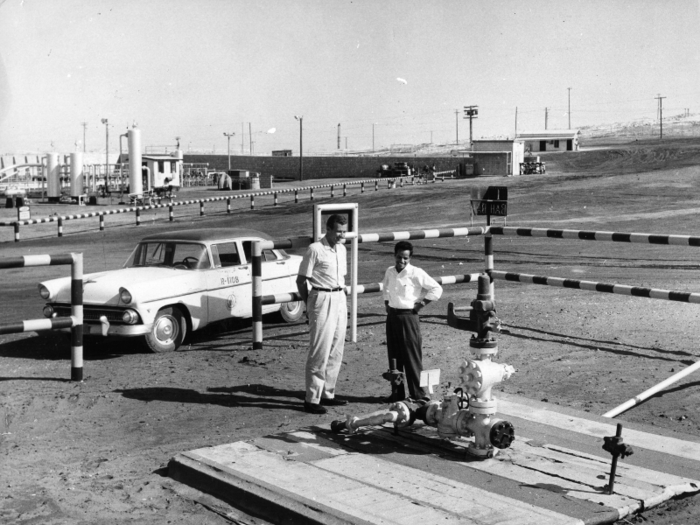
The stake was purchased after the Arab-Israeli war that year (also known as the Yom Kippur war) in which the USA supported Israel by providing aid, including Operation Nickel Grass, a strategic airlift to provide replacement weapons and supplies to Israel.
In solidarity with the nations fighting the war, OPEC producers drastically increased the price of oil exports to Western nations, before announcing an embargo and cutting production. Saudi Arabia's government then decided to nationalise part of Aramco.
It would increase its stake to 60% in 1974, before completing the nationalisation in 1980. All of Aramco's oil rights, production apparatus, and facilities came under government control at that time.
Aramco later became Saudi Aramco in 1988 when the Saudi Council of Ministers — effectively Saudi Arabia's Cabinet — approved the creation of the Saudi Arabian Oil Company, which is now most commonly known as Saudi Aramco.
Over the next couple of decades Saudi Aramco expanded aggressively through a mixture of acquisitions and the opening of numerous new oil production facilities. By 2009, the company was capable of producing as much as 12 million barrels of crude oil per day.
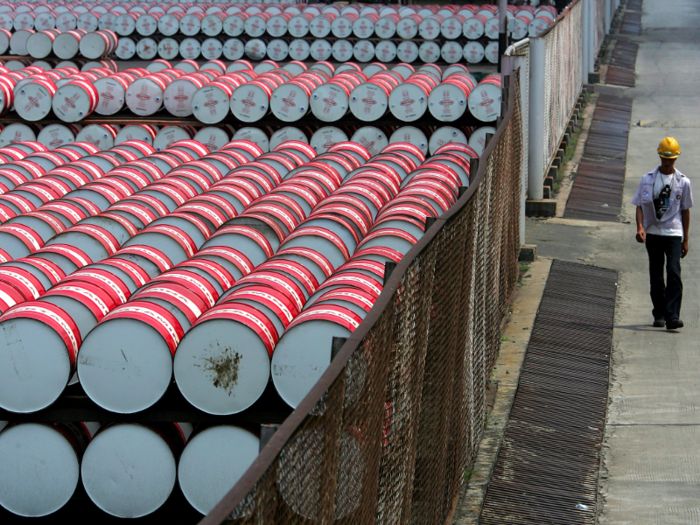
Aramco's ballooning size meant that by the early years of the 21st century, Saudi Arabia's economy was almost entirely dependent on oil revenues for growth and prosperity.
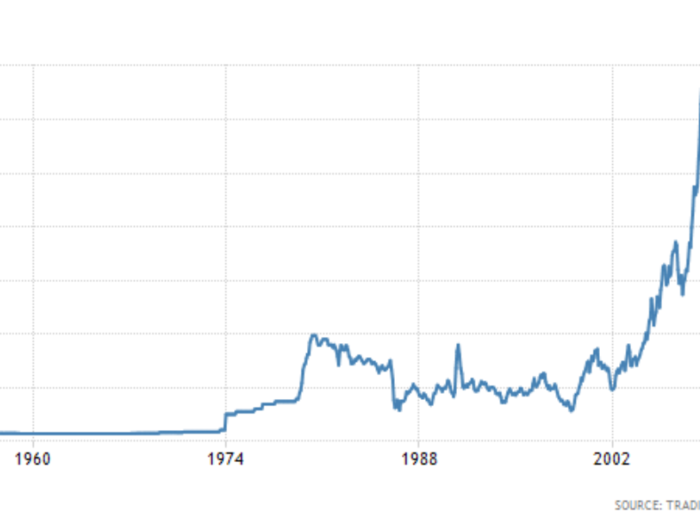
The early 2000s coincided with a huge boom in global oil prices. Between 2011-2014 there were numerous periods where single barrel of oil was worth more than $100.
In 2014, however, prices started to crash, losing more than 50% of their value in rapid order.
Ever since oil prices started to plunge in mid to late 2014, imbalances in the Saudi economy that have "ballooned" in the last decade have started to be exposed. Government revenues now cover just over half of outlays, and the country is deep in deficit, in both budgetary and current account terms.
As a result, under the careful watch of thrusting young prince, Mohammed Bin Salman, Saudi Arabia has launched its so called Vision 2030 plan. Vision 2030 is effectively a plan to modernise and diversify the Saudi economy by taking steps that include exploiting untapped mineral reserves, boosting its position in the pantheon of global trade, and increasing revenues from religious tourism.
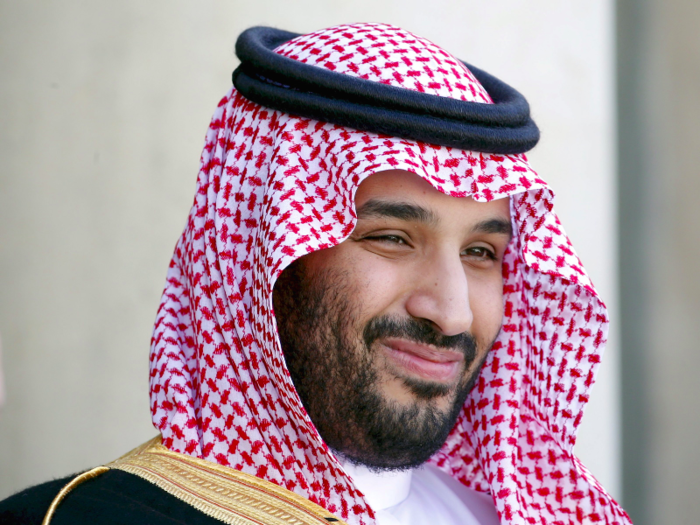
Part of Vision 2030 is the listing of Aramco in the international financial markets.
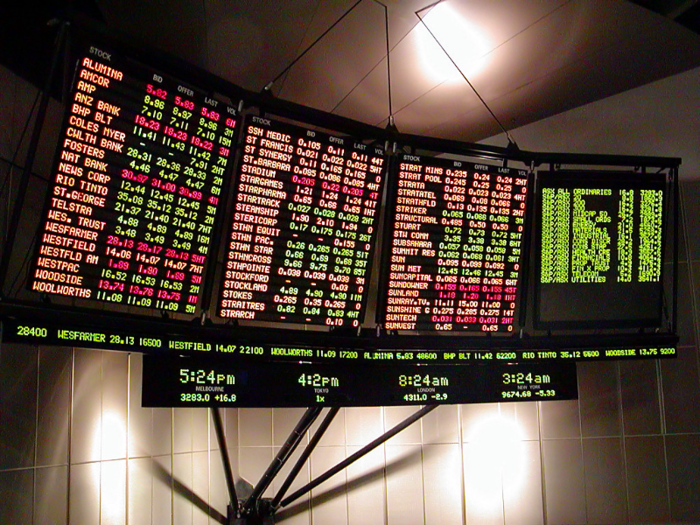
Any funds raised from the IPO — which could be as much as $100 billion if Aramco sells 5% of itself at a $2 trillion valuation — are expected to be pumped into the Saudi Public Investment Fund (PIF).
Launched in 1971, just two years before the Aramco nationalisation began, the PIF is effectively a sovereign wealth fund, and will likely use the money from the IPO to invest both domestically and internationally. After the IPO, the remaining 95% of Aramco will be transferred from government control into the hands of the PIF.
This month's listing marks the culmination of almost 100 years of work for Saudi Arabia's oil industry, and turned the company into the largest publicly listed business on the planet, surpassing Apple comfortably.

Popular Right Now
Popular Keywords
Advertisement